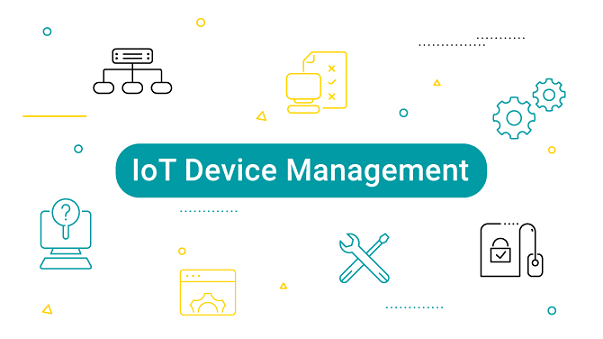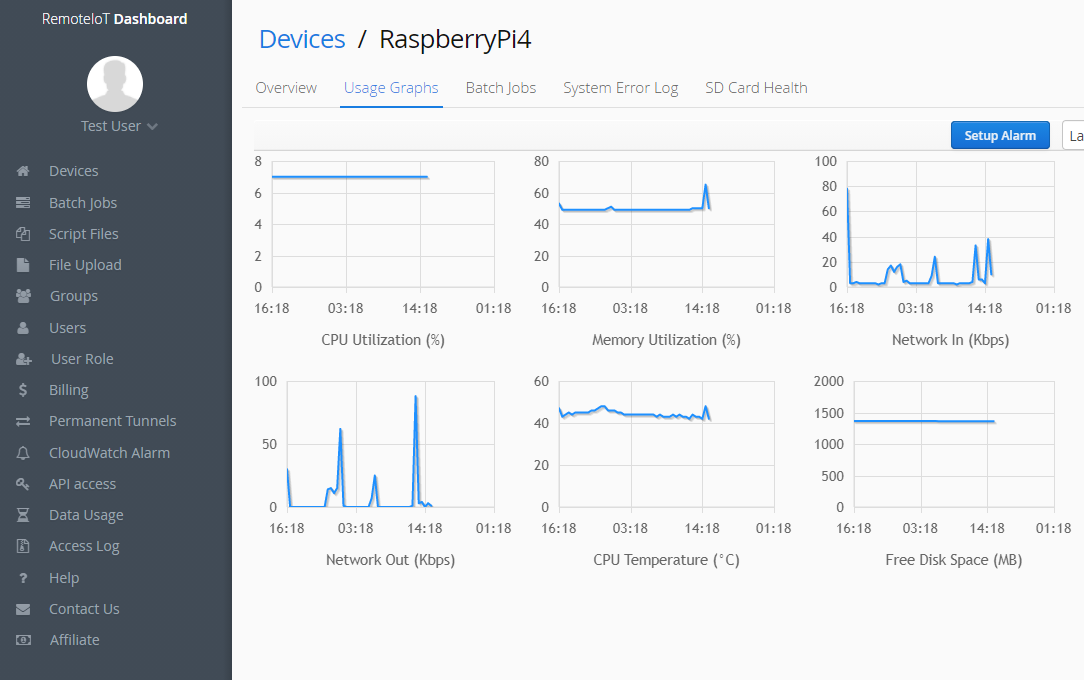Revolutionizing IoT Remote Monitoring with Raspberry Pi
The Internet of Things has completely changed how we interact with technology. It has more control over devices and interconnectedness than ever before. IoT stands for Internet of Things and remote monitoring (i.e., managing devices) is one of the main points behind IoT.

The Importance of IoT Remote Monitoring:
It makes sure all of the connected devices are healthy and fit as ever. The management and monitoring tools deliver real-time visibility into the health and operational condition of devices, facilitating preventative maintenance and easy troubleshooting. This feature is important when working in a bigger set up, and monitoring manually will not be possible. Remote monitoring allows you to catch problems early before they cause major downtime and keep everything running efficiently.
Leveraging Raspberry Pi for Remote Monitoring:
Raspberry Pi has been adopted by experiments, for example, as a versatile, cost-effective single-board computer to use in projects including IoT. Being small, low-power, and ruggedized, it is perfect for remote monitoring. Raspberry Pi can be integrated with IoT devices to remotely monitor different parameters, like CPU/GPU temperature and memory usage in addition to network performance.
Setting Up Remote Monitoring on Raspberry Pi:
Users must first install monitoring software that senses when a device is operational and reports its state to register remote monitoring on a Raspberry Pi. It appears that the strategy for controlling and remotely monitoring our Internet of things is working. They offer capabilities like real-time alerts, deep analytics, and secure access to the base that enables better monitoring of IoT deployments.
Monitoring CPU and GPU Temperatures on IoT devices:
IoT devices tend to be used on regular bases hence, it is important to monitor the CPU and GPU temperatures on IoT devices. Overheating can result in hardware failure, and decreased performance or permanent damage. Users can see when temperatures rise or fall and take precautions not to be overheating or in conditions less than optimum with the help of temperature metrics.
Tools for Temperature Monitoring:
There are various tools to monitor CPU & GPU temperatures of IoT devices. On Raspberry Pi, there are good tools like vcgencmd and lm-sensors to get temperature readings. These tools can be interfaced with remote monitoring platforms for live temperature monitoring and alerts. As an example, Remote IoT enables monitoring CPU and GPU temperatures, including some other important metrics, in a central dashboard.

Benefits of Remote Monitoring for IoT Devices:
There are several advantages to the use of remote monitoring for IoT tasks. It provides real-time insights and alerts that improve the reliability and efficiency of devices. Remote monitoring can be used to identify issues and resolve throughout the system. Moreover, remote tracking means your system stays live and there is no maintenance needed on-site that consumes time.
Enhanced Security:
Remote monitoring provides another level of security for IoT devices. All hidden defects or hacking attempts that create errors in devices, can be detected ahead of time by constantly monitoring device performance and status. This early detection enables the authorities to take action before cybercrimes happen and save confidential data.
Cost-Effective Management:
A lot of money can be saved by installing remote monitoring solutions. Organizations can then decrease manual inspections and on-site visits through automation processes. Automation cuts down the operational costs and adds to the maintenance by enabling higher productivity and efficiency maintenance.
Conclusion:
IoT remote monitoring revolutionized the manner in which internet connected devices are handled. It provides real-time intelligence and proactive maintenance features. Given its flexibility, combined with being relatively low cost, the Raspberry Pi makes for an excellent platform to build a remote monitoring solution. Monitoring CPU and GPU temperatures is also crucial as it can guarantee the best performance for the IoT devices. Remote monitoring embraces boosting device reliability to not only increase lower-cost core devices but also be a critical part of driving cost-effective and secure IoT deployments.
